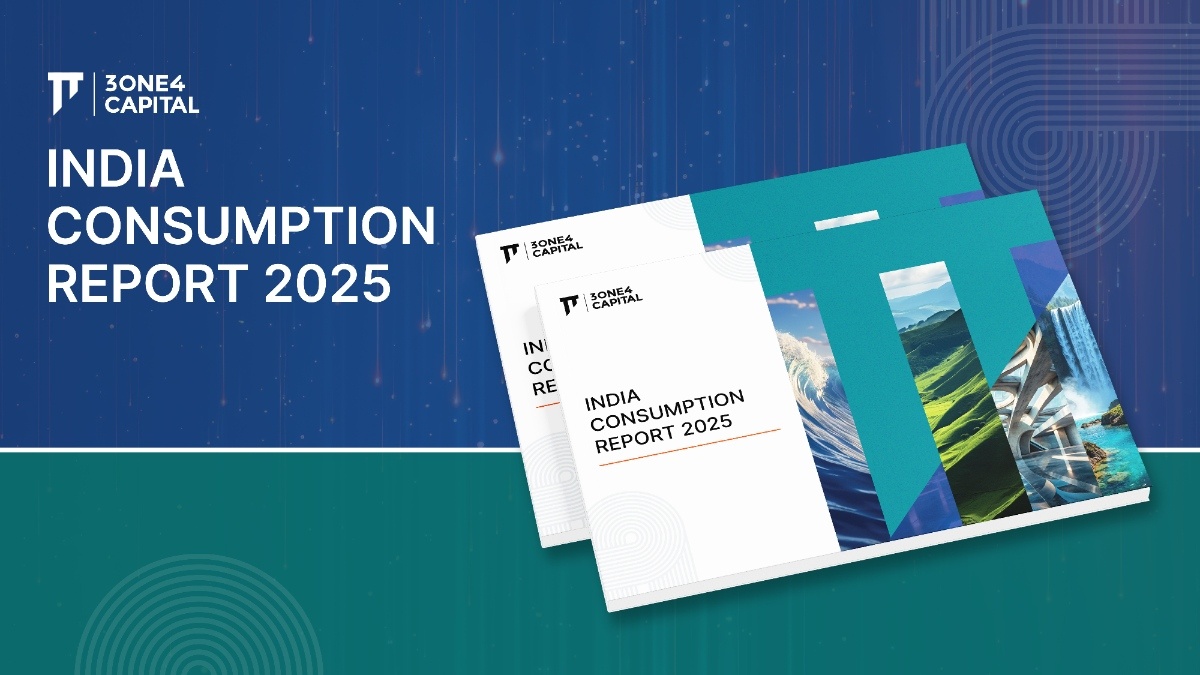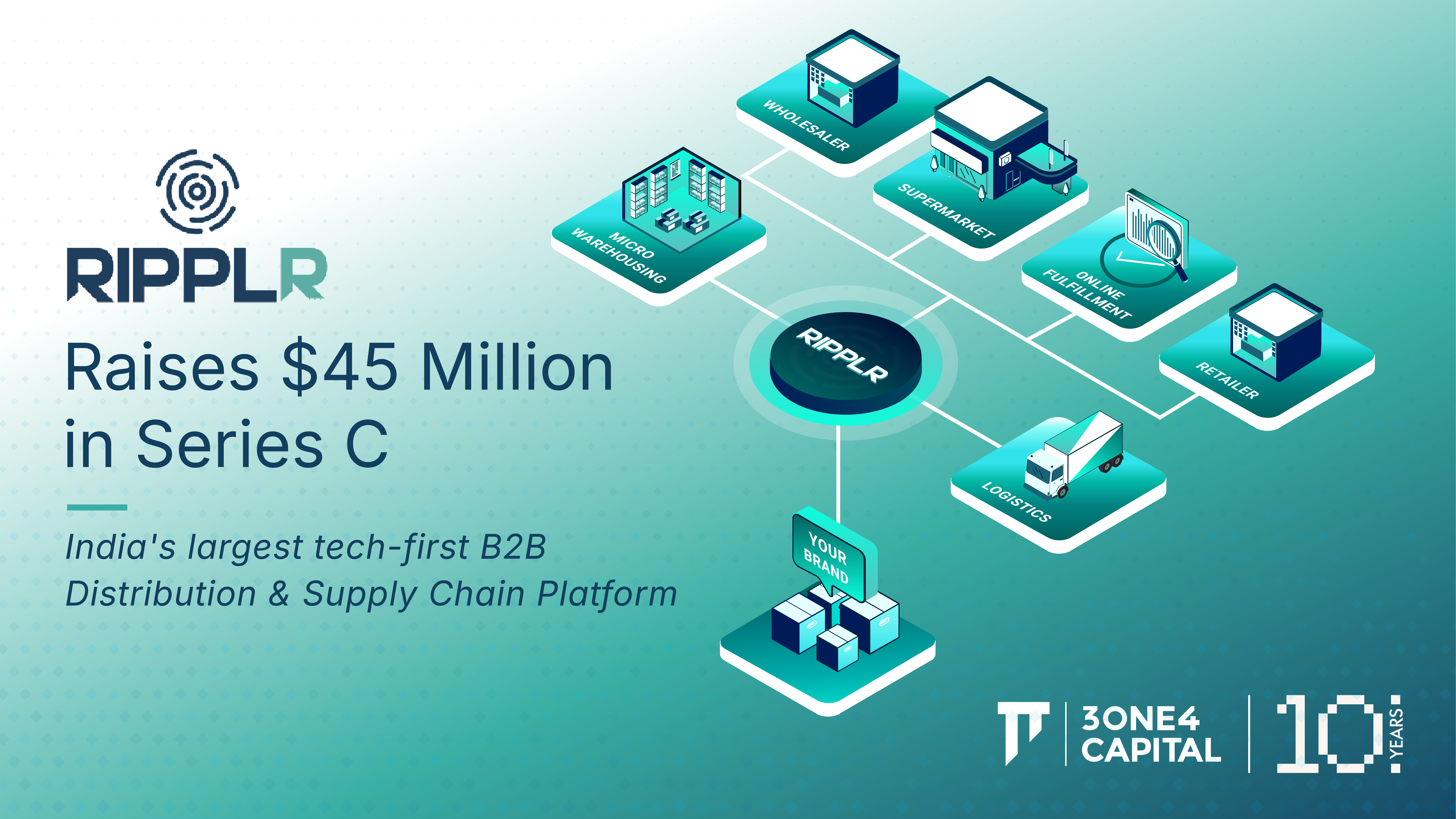
India is investing $1Tn+ annually in the economy
Post-pandemic the Indian economy demonstrated the strongest rebound in GDP among the world’s large economies. It is currently the fifth-largest economy at $3.45 (₹272 lakh-crore) and grew at 16% in nominal rupee terms in FY23 following 18.4% growth in FY22 in a strong rebound as the COVID-induced recession faded away rapidly. Per-capita GDP, which had stagnated below ₹1.5lakhs due to the pandemic, is now at nearly ₹2lakh. There is no doubt India has recovered and is firing on all cylinders towards its goal of $5Tn by 2027.
In the recent weeks, a debate has raged about whether the nation is investing enough in the economy, with all manner of data being displayed as evidence. At a macroeconomic level, the data released by MOSPI on Gross Capital Formation (GCF) and Gross Savings is illuminating. As shown in Table 1, GCF reduced from ₹64 lakh-crore in FY19 to ₹61 lakh-crore and ₹55 lakh-crore in FY20 and FY21, respectively, due to the pandemic. It rebounded strongly to ₹74 lakh-crore in FY22 – ₹10 lakh-crore more than the pre-pandemic FY19 GCF – and is estimated to have jumped a further ₹11 lakh-crore to ₹85 lakh-crore in FY23. The GCF/GDP ratio dipped from 34% in FY19 to 28% in FY21 because of the pandemic but is now back to 31% in FY23.

GCF represents the total value of new capital investments made in an economy during a given period, and it includes both investments made by private businesses and by the government. It is an important indicator of an economy's growth potential and its ability to sustain long-term economic growth. Total investments in the Indian economy, by the private, public and household sectors, is now upwards of $1Tn annually – providing a well-rounded base for sustained economic growth.
Gross savings, another robust indicator of economic health, marginally decreased from ₹60 lakh-crore in FY19 to ₹59.4 lakh-crore in FY20 to ₹57.2 lakh-crore in FY21 before jumping to ₹70.7 lakh-crore in FY22 – an annual jump of 23.7%.
GCF of all institutional sectors is accelerating
Disaggregated GCF data by institutional sector shows investments by all sectors – private corporations, government, public corporations and households – is accelerating, as shown in Table 2. Large investments by the government are certainly helping. General government GCF actually increased through the pandemic, marginally from ₹6.75 lakh-crore in FY19 to ₹7.2 lakh-crore in FY20 and ₹7.63 lakh-crore in FY21, and jumped to ₹9.9 lakh-crore in FY22. Public corporations GCF decreased from ₹7 lakh-crore in FY19 to ₹6.68 lakh-crore in FY20 and ₹5.63 lakh-crore in FY21 before coming back up to ₹6.54 lakh-crore in FY22.

The household sector GCF marginally decreased from ₹23.1 lakh-crore in FY19 to ₹22.5 lakh-crore in FY20 to ₹21 lakh-crore in FY21 before increasing to ₹27.7 lakh-crore in FY22 – an annual jump of 32%. This is evident in the acceleration of housing stock over the last two years. Gross savings in this sector increased tremendously during the pandemic – from ₹38.4 lakh-crore in FY20 to ₹44.3 lakh-crore in FY21 – as consumption declined during the lockdown and citizens saved more. This phenomenon was observed in the US and other economies as well. In FY22, household savings went up marginally to ₹46 lakh-crore.
GCF by private corporations decreased from ₹22 lakh-crore in FY20 to ₹19.8 lakh-crore in FY21 before increasing to ₹25 lakh-crore in FY22 – an annual jump of 28%. Private sector investment has accelerated through FY23 as well and continues to grow in the current FY. The upturn in private sector investment reflects in the profitability of the corporate sector as well. CBDT data shows India Inc. posted a record corporate tax collection of ₹10.04 lakh-crore, which converts to pre-tax profits of ₹40 lakh-crore. Against the FY23 GDP of ₹272 lakh-crore, gross pre-tax profits amounts to a robust 14.7% - indicating that the Indian economy hosts a structurally strong private sector accompanied by a robust banking sector.
Along with the increase in quantum of investment across the economy, the efficiency of Indian capital is increasing as well as indicated by the reduction of the incremental capital output ratio (ICOR). ICOR measures the additional unit of capital or investment needed to produce an additional unit of output. It went from 5.2 in FY19 up to 7.8 in FY20 and reduced to 3.5 in FY22. In fact, it has more than halved over the decade from 7.5 in FY12 to 3.5 in FY22, as estimated by SBI Research – which means efficiency of capital has doubled over the decade and is yielding double the output.
Overall, the high investments in 2022-23 across all sectors, significant increase in tax collections over the last two years, a robust banking sector with high capitalisation and low NPA rates, increase in corporate profitability with a globally competitive corporate tax rate, increase in CapEx in Budget 2023-24, and the positive change in business sentiments for investments augurs well for the Indian economy.


.webp)












